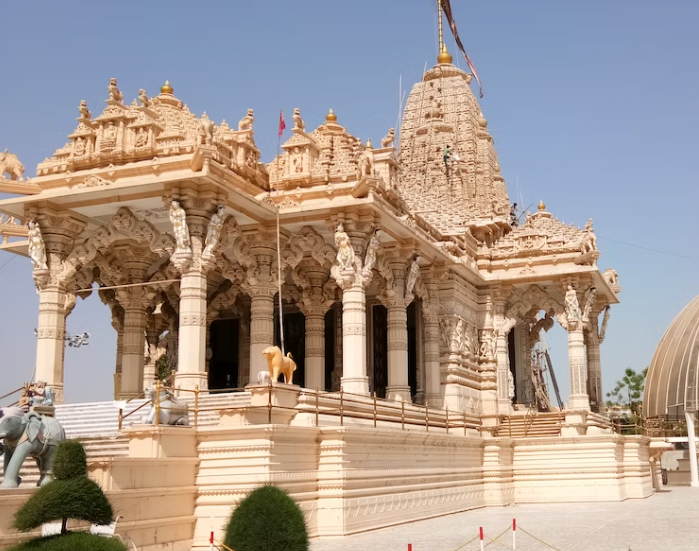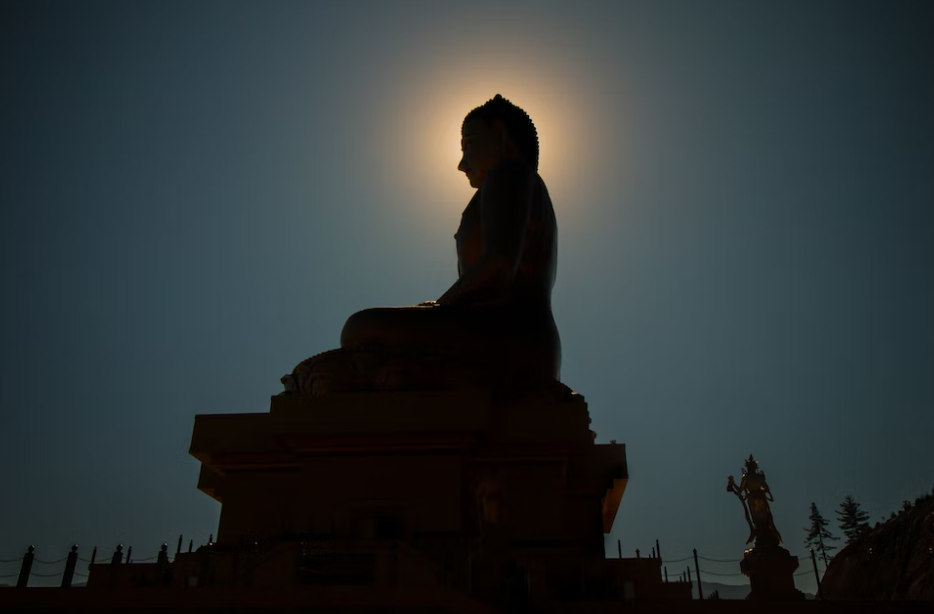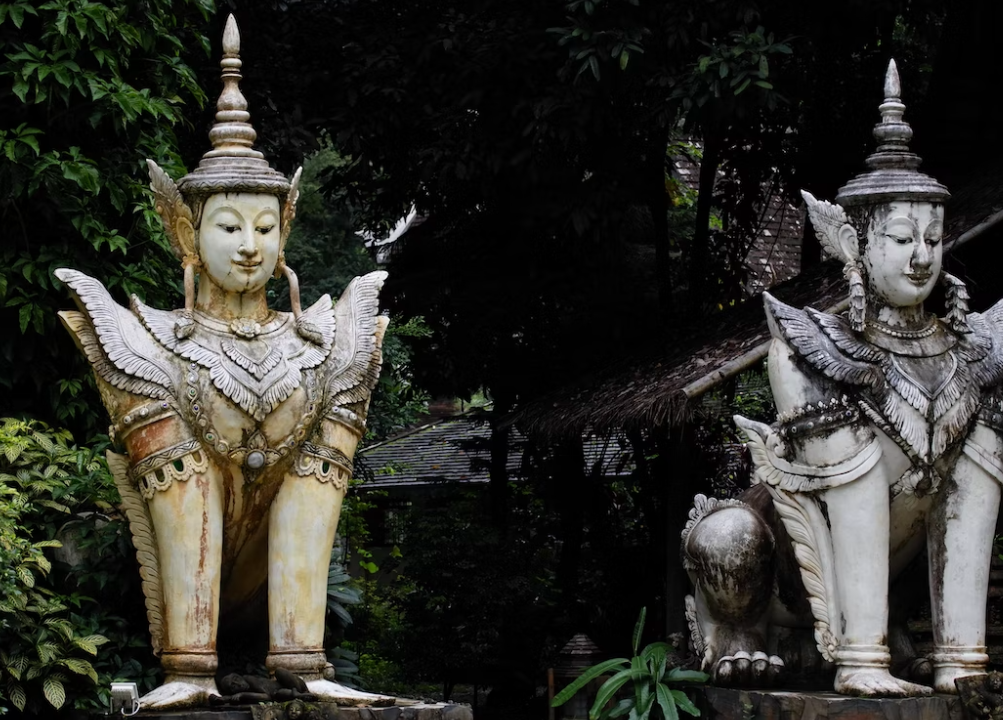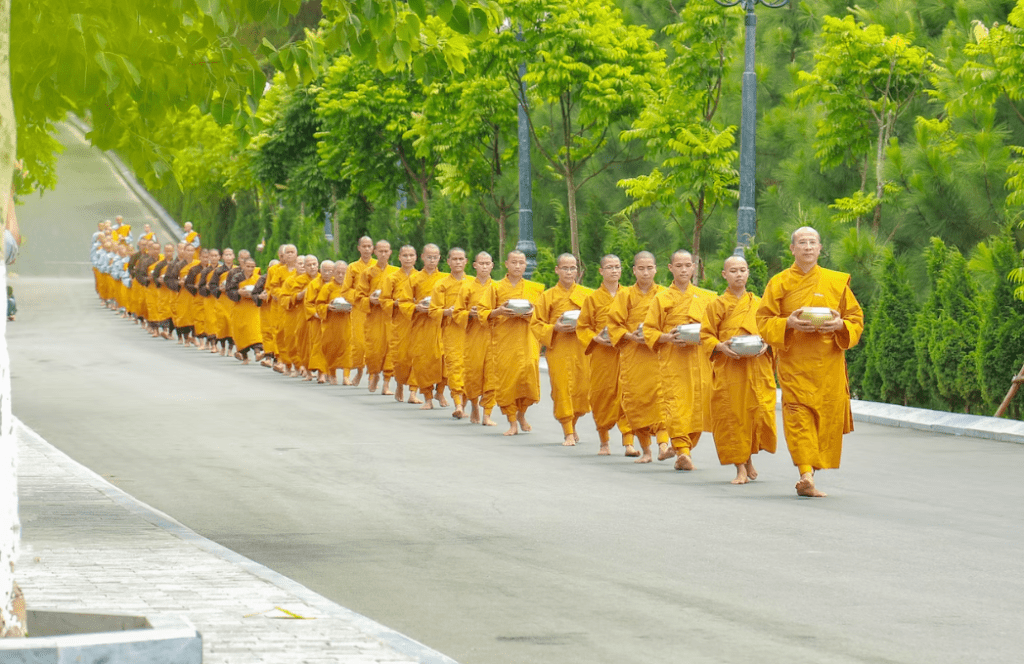Who Introduced Meditation?
Learn about who introduced meditation and the various locations where meditation is introduced.

Selfpause Affirmation App
Download the app to get 1,000’s of affirmation meditations and everything you need to write, record and listen to your own.
If you’re wondering who introduced meditation to the world, you’ve come to the right place. In this article, you’ll learn about the Buddha, Swami Vivekananda, Paramahansa Yogananda, Maharishi Mahesh Yogi, Dogen, and other influential thinkers who helped people understand what meditation can do for them.
Swami Vivekananda

Swami Vivekananda introduced meditation to the West in the 1890s. The monk was a disciple of the 19th-century Indian mystic Ramakrishna. He was a highly influential figure in the spiritual movement, and his message is still relevant today.
Vivekananda showed a keen interest in meditation as early as childhood. He would sit in front of images of deities for hours. At age eight, he began to meditate in earnest. He devoted his life to serving humanity and introduced the practice to Western nations.
In 1892, Vivekananda traveled to Southern India, first visiting the city of Bangalore. He then visited several other cities in the region. He offered worship in Rameswaram. On 24 December of that year, Vivekananda reached Kanyakumari. He was moved by the hardships of the poor and wanted to help restore their dignity.
Among the many benefits of meditation, Swami Vivekananda suggested a specific technique that is useful for beginners and masters alike. However, to benefit from the benefits of meditation, it is important to practice regularly. The practice will help you develop a more stable mental state.
Swami Vivekananda was born in Calcutta, India, on January 12, 1863. He was a very precocious child and displayed an innate desire for meditation. Even in his early years, he would play meditation with great enthusiasm.
Paramahansa Yogananda

In the 1920s, Yogananda traveled to the United States to spread his teachings. He first lectured to a religious congress in Boston and then established the Self-Realization Fellowship. His teachings, including meditation, were disseminated to all parts of the world, including the United States. Yogananda also initiated Mahatma Gandhi into the practice of Kriya Yoga, the most advanced scientific meditation technique. He was also invited to the White House by President Calvin Coolie.
The Self-Realization Fellowship (SRF) is a worldwide organization founded by Paramahansa Yoganandha in the 1920s. Its mission is to make accessible the sacred teachings of Kriya Yoga, a spiritual science from India. It also publishes Yogananda’s writings and manages meditation centers and temples. It also leads the Worldwide Prayer Circle, a worldwide network of individuals who pray for world peace.
The SRF’s global network of centers is comprised of nearly 600 locations in 58 countries. The SRF’s headquarters is at the Mt. Washington campus in Los Angeles. The SRF also oversees over two hundred meditation centers in India. Many of these are located outside of India.
His teachings emphasize Kriya Yoga, the technique of advanced meditation that leads to union with bliss. This technique incorporates the essence of Raja Yoga, the ‘royal’ path of yoga formulated by Patanjali in the second century B.C. Kriya Yoga aims to achieve inner stillness and a profound understanding of our soul’s infinite potential.
Maharishi Mahesh Yogi

Transcendental Meditation (TM) is a form of meditation that focuses on achieving a higher level of consciousness. It was introduced by Maharishi Mahesh Yogiji in the 1960s. The TM movement spread worldwide through the World Plan Executive Council, an international organization that helped spread the TM method. The World Plan Executive Council had divisions that tried to introduce TM into different areas of human life. In the mid-1970s, the WPEC introduced the siddha program, which promised to teach meditation techniques that would allow students to levitate. This program was very popular and quickly gained thousands of members.
The Maharishi was born in 1917 in Jabalpur, India. He was the son of a tax official and studied at the University of Allahabad. He later retreated to the Himalayas, where he met his spiritual teacher, Swami Brahmananda Saraswati. The spiritual leader eventually died, and the Maharishi began teaching meditation.
Maharishi Mahesh YogI was an Indian spiritual teacher and entrepreneur who introduced meditation to the Western world. His method of meditation is called Transcendental Meditation, and it has millions of practitioners worldwide. It has been practiced by many people, from movie stars to high-level executives.
Maharishi Mahesh YogI began teaching meditation publicly in 1955. After his Guru’s death, he traveled around the world, spreading the teachings of his master. Eventually, he crossed the ocean to introduce his method of meditation to the world. In the process, he helped many people achieve a higher state of consciousness.
Dogen

The Buddhist philosopher Dogen introduced meditation to the Western world in the 7th century. His emphasis on impermanence was the result of his own experiences. He was born into an aristocratic family and suffered profound sorrow at an early age. During his mother’s funeral, Dogen breathed in the smoke of incense and realized the impermanence and inevitability of death.
Dogen’s approach to meditation combines the Indian Buddhist philosophy with the Japanese sensibility. He studied the doctrines of Sakyamuni Buddha but was also heavily influenced by Japanese culture, which placed emphasis on coming to terms with the ups and downs of existence. This approach was later reflected in medieval writings.
In the Bendowa essay, Dogen explains the inner meaning of meditation. He describes sitting as an effort to focus on the self in a state of wholeness. He also makes revolutionary claims about what he saw as a simple experience. He claims that when a person sits upright in samadhi for a few minutes, all of the world’s objects, including other beings, become buddha mudra.
Dogen wrote a number of instructive works, including the Shobogenzo. It contains 95 chapters and covers a broad range of topics. It is considered one of the most important works of Japanese Buddhism and was influential in the evolution of Zen. Another important work is the Shobogenzo Zuimonki, which consists of recordings of Dogen’s lectures. It contains a wealth of information about Buddhist principles.
Other meditators

Meditation has many traditions and forms. The Buddhist tradition divides meditation practices into two distinct types: samatha (calm abiding) and vipassana (insight). Samatha involves focused attention, which calms the mind and helps it investigate reality. Vipassana involves an in-depth study of the nature of experience and mind.
While most meditators have used several different techniques, the vast majority use a specific combination of techniques. The techniques chosen reflect their personal practice history and traditions. Using hierarchical cluster analysis, we found three large technique clusters: two clearly Buddhist, one clearly Hindu, and one general technique that transcends many meditative traditions. The Buddhist and Hindu techniques were subdivided further by two tradition-wise cluster analyses, with the general technique cluster being present in both traditions.
Throughout history, meditation has been practiced by people of various religious traditions. Its early records are found in the Upanishads. Jainism, Buddhism, and Hinduism all have important roles in meditation in their contemplative repertoires. During the 19th century, the practice spread throughout Asia and was applied in many non-spiritual contexts.
Buddhist and Hindu meditators use similar techniques to achieve the same goal. Both of these traditions emphasize visualization as a tool for reaching inner peace. The Buddhist tradition emphasizes the visualization of solar and lunar essences and deities.
Health benefits

Meditation has a host of health benefits, including lowering stress and blood pressure and improving physical health. Studies show that meditation can even help people with chronic pain, including diabetes. It also helps reduce the strain on the heart, which can result from high blood pressure. High blood pressure makes the heart work harder to pump blood, contributing to atherosclerosis, which can lead to heart attacks.
Meditation has also been shown to improve memory and mental clarity, which may help fight the effects of age-related memory loss and dementia. Some types of meditation, such as mindfulness meditation, can even improve our feelings of kindness towards others. The practice of Metta meditation (loving-kindness meditation), for instance, starts with focusing on kindness towards oneself and gradually extends that kindness to others. In one study, advanced meditators had higher serotonin levels than non-meditators, indicating that they were more relaxed. Meditation also increases melatonin levels in our blood, a hormone with numerous health benefits.
Another benefit of meditation is that it can fit into a busy life. Unlike strenuous physical exercises, meditation doesn’t require special equipment or a lot of time. It is also free and easy to practice, and there are no side effects. In addition, it is a very effective way to relieve stress. The benefits of meditation can be felt immediately after just one session.
Our Top FAQ's
The concept of meditation has been around for thousands of years, and it has been practiced by various cultures and spiritual traditions throughout history. It is difficult to pinpoint a single individual who first introduced the concept of meditation, as the practice has evolved and developed over time.
The history of meditation is complex and varied, with roots in many different spiritual and cultural traditions. The earliest records of meditation come from ancient India, where it was practiced by Hindu, Buddhist, and Jain cultures. Over time, the practice spread to other parts of Asia and the world, and various schools and traditions of meditation developed.
Some key figures in the early history of meditation include the Buddha, who is credited with developing the practice of mindfulness meditation; Patanjali, who wrote the Yoga Sutras, a key text on yoga and meditation; and the Indian sage Vyasa, who compiled and edited many important Hindu scriptures, including the Bhagavad Gita, which contains teachings on meditation.
There are many different schools and traditions of meditation, each with its own unique approach and techniques. Some of the main traditions include mindfulness meditation, which originated in the Buddhist tradition; transcendental meditation, which was developed by Maharishi Mahesh Yogi; and mantra meditation, which is a common practice in Hinduism and other Indian spiritual traditions.
Over time, the practice of meditation has evolved and adapted to different cultural and spiritual contexts. In recent years, meditation has become increasingly popular in the Western world, and many people practice it as a way to reduce stress, improve mental clarity, and promote overall well-being. There has also been a growing interest in the use of meditation for medical and therapeutic purposes, such as in the treatment of anxiety, depression, and other mental health conditions.
